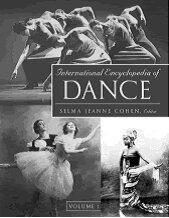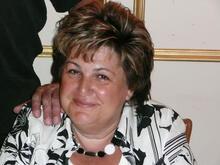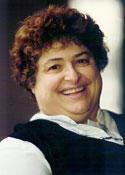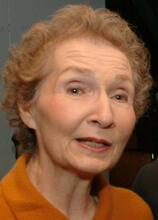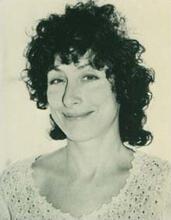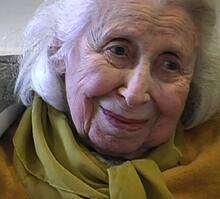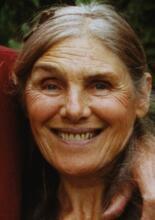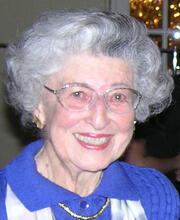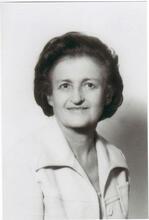Florence Bamberger
Florence Bamberger’s pioneering teaching techniques continue to influence the ways in which teachers are trained. Florence Bamberger began teaching in the Baltimore public school system, becoming Baltimore’s first female school supervisor. She also began teaching pedagogy at Johns Hopkins University in 1916, becoming the first female full professor at the school of philosophy in 1924. She was later the executive secretary of the executive committee of the Johns Hopkins College for Teachers, becoming director in 1937. She oversaw studies on both children’s learning processes and on teaching methodologies, writing several books and countless articles on early childhood education and pedagogy. After retiring from Johns Hopkins, she taught at private schools and designed curricula for teacher training.
Article
Educational administrator, professor, and author, Florence Bamberger devoted her life and career to developing and implementing her progressive views on teaching, teacher education, and scientific educational supervision. Her commitment to supervisory models of pedagogy continues to influence schools of education today.
Florence Bamberger was born on October 19, 1882, in Baltimore, Maryland, to Ansel and Hannah (Eilau) Bamberger. She was educated at Columbia University, receiving a B.S. from Columbia Teachers College in 1914, an M.A. in 1915, and a Ph.D. in 1922.
Bamberger’s early career in the Baltimore public school system led to her position as the first female school supervisor in Baltimore. In 1916, she launched a long association with Johns Hopkins University, beginning as an instructor of education in 1916 and becoming in 1924 the first woman elected to the faculty of the school of philosophy as a full professor. From 1930 to 1937, Bamberger served as the executive secretary of the executive committee of the Johns Hopkins College for Teachers, and in 1937, she was appointed director of the College for Teachers.
A prolific contributor to educational journals, she also wrote several books in the field. Bamberger lectured on parental education under the auspices of the Child Study Association of America and taught pedagogy courses at the Universities of Pennsylvania and Chicago. Bamberger focused her life around her professional concerns and commitment to improving education for children. She maintained numerous professional affiliations, including the National Society for Study of Education, the National Society of College Teachers of Education, the National Education Association, the Baltimore Educational Society, and the American Academy of Political and Social Science. Her membership in Phi Beta Kappa, the American Association of University Women, the International Peace Council, and the Baltimore League of Women Voters reflected her political interests in women’s achievement and influence.
After retiring from Johns Hopkins, she taught at several private elementary schools in Baltimore and served as the chair of the board of trustees of the William Deiches Fund, an organization providing scholarships to Baltimore public school students. In later years, Bamberger’s work centered on designing curricula for teacher training.
Florence Bamberger died in Baltimore on December 18, 1965.
Selected Works
Effect of Physical Make-Up of the Book on Children’s Selection (1922).
Guide to Children’s Literature, with A.M. Broening (1931).
Syllabus Guide for Observation of Demonstration Lessons (1938).
AJYB 24:116.
Bamberger, Florence Eilau. Files. Maryland Room, Enoch Pratt Free Library, Baltimore, Md..
BEOAJ.
EJ (1972).
Helmes, Winifred G., ed. Notable Maryland Women (1977).
Marcus, Jacob Rader. The American Jewish Woman, 1654–1980 (1981).
NYTimes, December 2, 1926, February 13, 1928, May 18, 1938.
“Personalities and Projects: Social Welfare in Terms of Significant People.” Survey 86 (December 1950): 564–565.
UJE.
WWIAJ (1926, 1928, 1938).

![blue.jpg - still image [media] blue.jpg - still image [media]](/sites/default/files/styles/medium/public/mediaobjects/blue.jpg?itok=RkdKmpf6)
